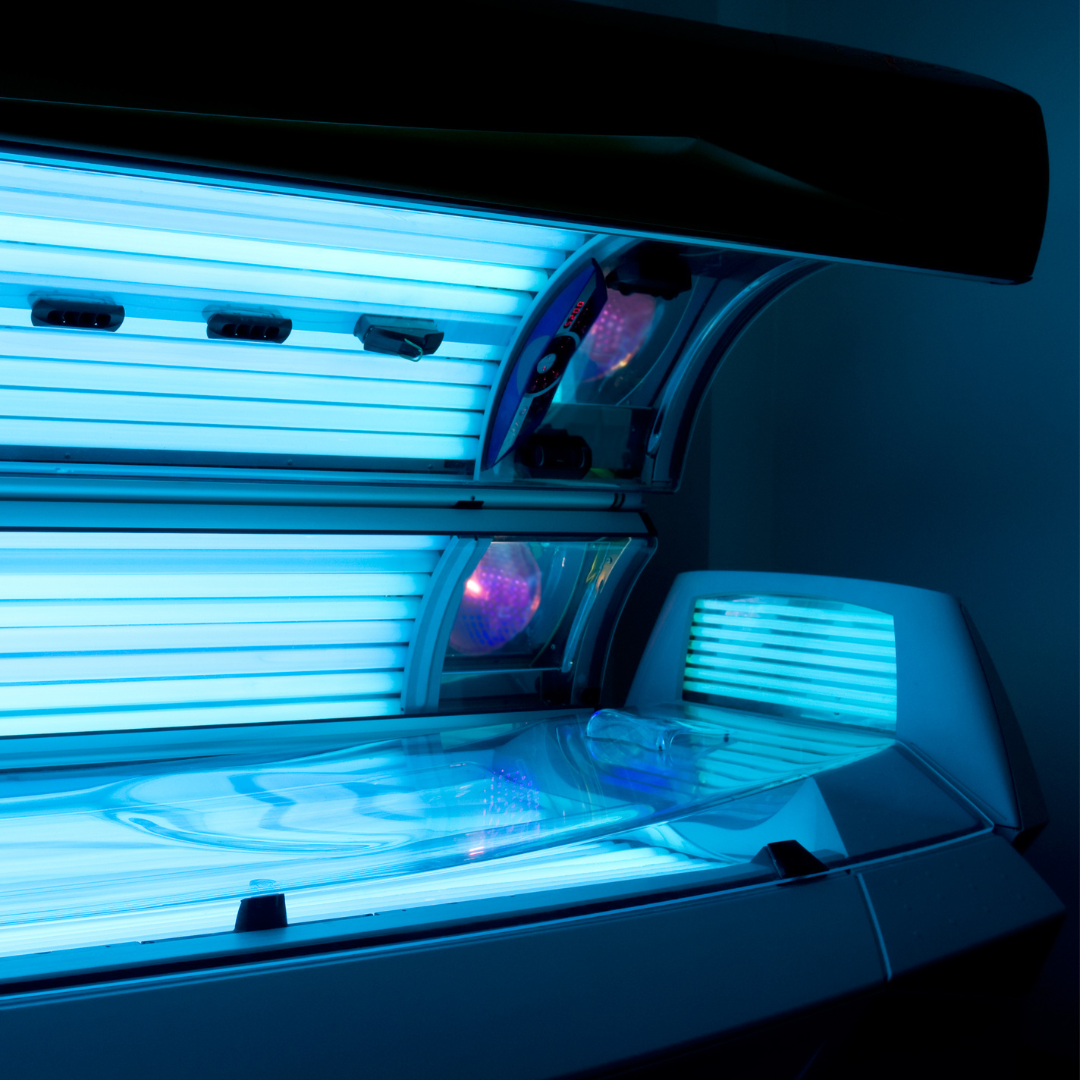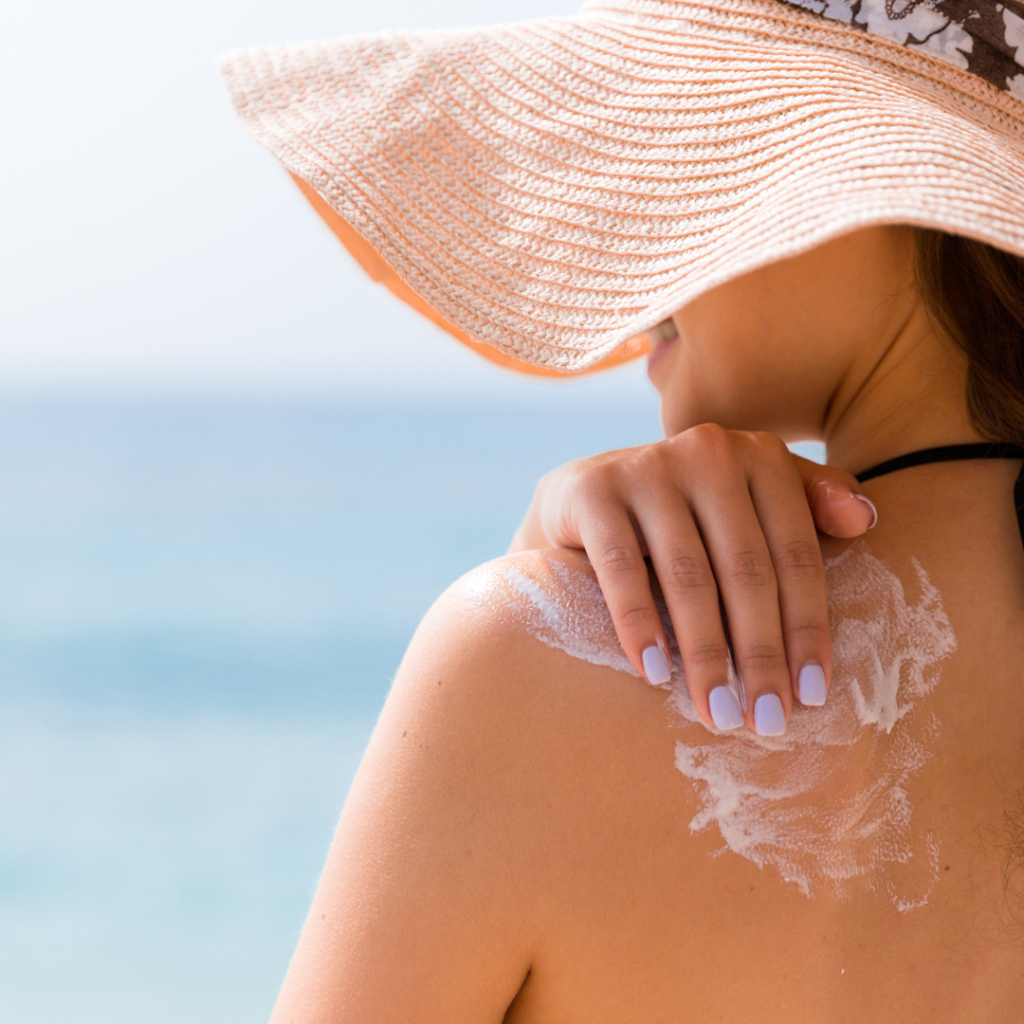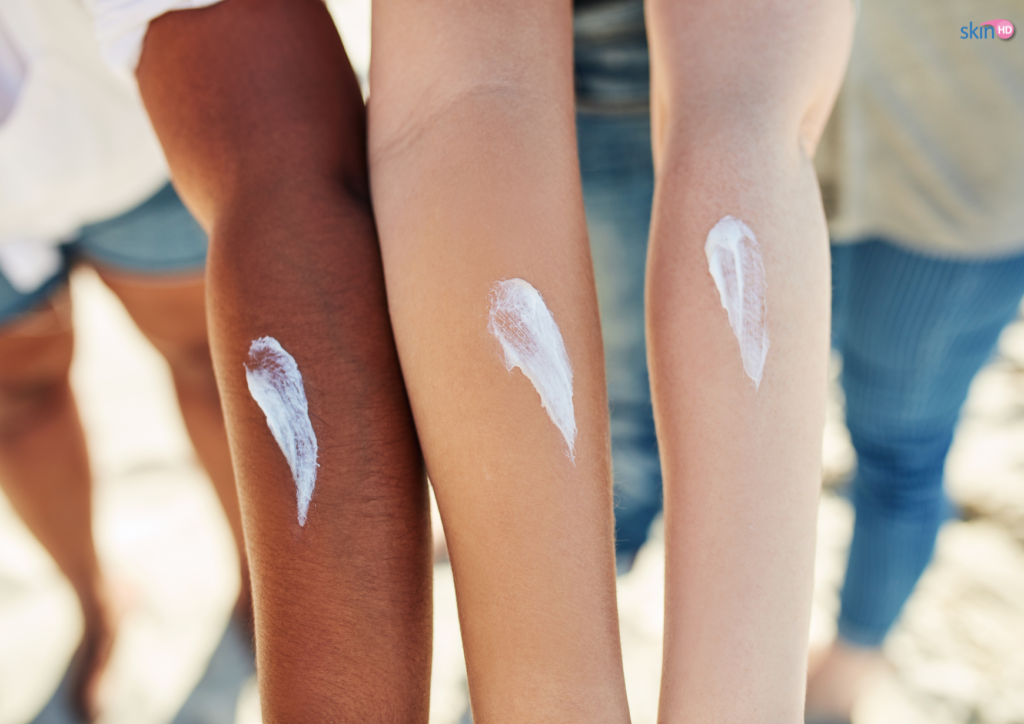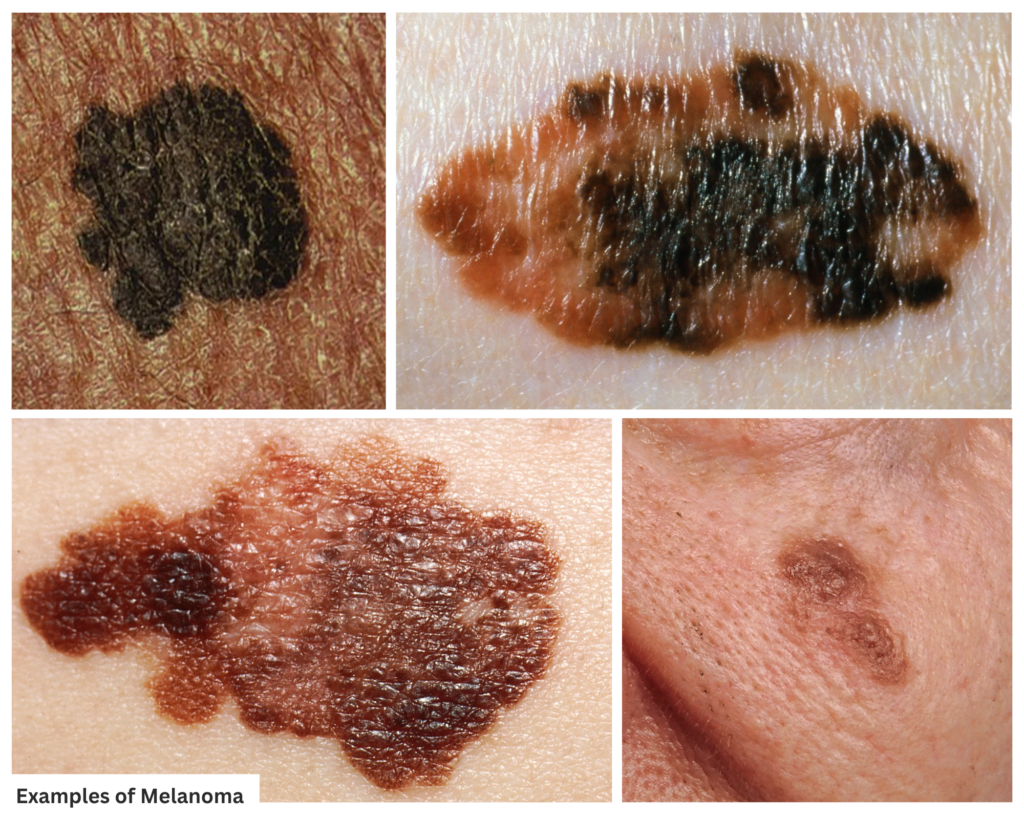At SkinHD, we believe in not only helping you achieve beautiful, healthy skin, but also educating you on crucial health topics. This month, we focus on Melanoma Awareness, a crucial aspect of skin health that everyone should be informed about.
Melanoma, also known as malignant melanoma, is a type of skin cancer that starts in the melanocytes, the cells responsible for creating pigment in the skin. While it can be a serious condition, early detection and preventative measures can significantly improve outcomes. Let’s delve into the essential information you need to know about melanoma, its symptoms, risk factors, and how you can protect yourself.
Understanding Melanoma: Symptoms and Causes
The ABCDEs of Melanoma Detection
- A – Asymmetry: one half of the mole doesn’t match the other half
- B – Border: Edges are irregular, ragged, notched or blurred
- C – Colour: Multiple colours within the same mole
- D – Diameter: Moles larger than 6mm (1/4 inch) should be checked
- E – Evolving: any changes in size, shape, or colour (becoming swollen, sore or crusty or start bleeding) or new moles appearing on your skin
Causes of Melanoma
Ultraviolet (UV) light exposure is the most common cause of melanoma. UV light is produced by the sun and tanning beds. People with lighter skin, a lot of freckles or moles, or a family history of skin cancer are at a higher risk. While darker skin tones have a lower risk, melanoma can still occur, often in less common areas such as the palms of the hands, soles of the feet or nail beds.
The role of regular skin checks
Regular self-examinations and annual checks by a dermatologist are crucial, especially for individuals at higher risk. Early detection is key to effective treatment.
Addressing Myths and Misconceptions
Myth: Only older people get melanoma
Fact: Melanoma can affect people of all ages, including young adults and teenagers
Myth: Tanning beds are a safe way to get a tan
Fact: Tanning beds emit UV radiation that increases the risk of melanoma and other skin cancers
Myth: Melanoma only develops on sun-exposed skin
Fact: While melanoma is more common on sun-exposed areas, it can also develop on parts of the body that rarely see the sun, such as the soles of the feet and under the nails.

Myth: Darker skin tones don’t need to worry about melanoma
Fact: While darker skin tones have a lower risk, melanoma can still occur, often in less visible areas. Regular skin checks are essential for everyone, regardless of skin tone

Myth: Sunscreen with a high SPF is enough to prevent melanoma
Fact: Sunscreen is a critical part of sun protection, but it should be combined with other measures, such as wearing protective clothing, seeking shade and avoiding peak sun hours.
Myth: Melanoma is always caused by excessive sun exposure
Fact: While UV exposure is a significant risk factor, genetics and other factors can also contribute to melanoma development.
Healthy Lifestyle for Skin Health
Maintaining a healthy lifestyle, including a diet rich in antioxidants and regular exercise, supports overall skin health. Staying hydrated and maintaining a balanced diet can also contribute to reducing the risk of skin cancers.
Support Resources
If you or someone you know is affected by melanoma, there are numerous support resources available:
- Melanoma UK – offers support and resources for melanoma patients and their families
- British Association of Dermatologists – Provides information on skin health and finding a dermatologist
Expert Insight
Hi, my name is Caroline Donovan – I’m a Melanoma Clinical Nurse Specialist. I support and care for patients with melanoma, which is a very serious type of skin cancer that can spread within the body. A melanoma diagnosis can be life-changing and can affect people of any age. Currently, my youngest patient is just 17 years old, with another being 25. A melanoma diagnosis often involves surgery and systemic treatment and sadly, for some people, it can shorten their lives.
Prevention is Better than Cure
I’m passionate about Melanoma Awareness month as the majority of melanoma cases can be prevented with the use of sun protection and avoiding sunbeds.
There are so many sun creams on the market that it can be difficult to know what to pick. Just remember that the best sunscreen is the one you will actually use! Try out different types and find one that suits you, and be sure to use it regularly throughout the day. My personal recommendation is the Altruist SPF 50 Sunscreen. It’s fragrance-free, suitable for all skin types and can be used on both your face and body! Some other good options include the OBAGI and La Roche Posay range!
Check out my Melanoma month interview with SkinHD owner, Helena by clicking the link below:
Sun Safety Tips
- Use an SPF 30 or above – ensure your sunscreen has at least a 3 star rating, and wear every day, even when cloudy!
- Use Factor 50 for paler skin – This also applies to children
- Cover up – Wear hats or longer clothes when in the sun
- Seek shade – the sun is brightest between 11am – 3pm, so it’s best to stay shaded during these hours
- Regular checks – if you are concerned about a mole or suspicious marks on your skin, see your GP for advice. Early detection leads to better outcomes.
Raising Awareness
At SkinHD, we’re committed to your skin health. By spreading awareness about melanoma and encouraging preventative measures, we hope to help our community stay safe and healthy. If you have any concerns about your skin, don’t hesitate to book a consultation with our expert team. Together, we can ensure that you not only look your best, but also maintain the health and vitality of your skin.
Follow us over on social media by clicking the buttons below!


